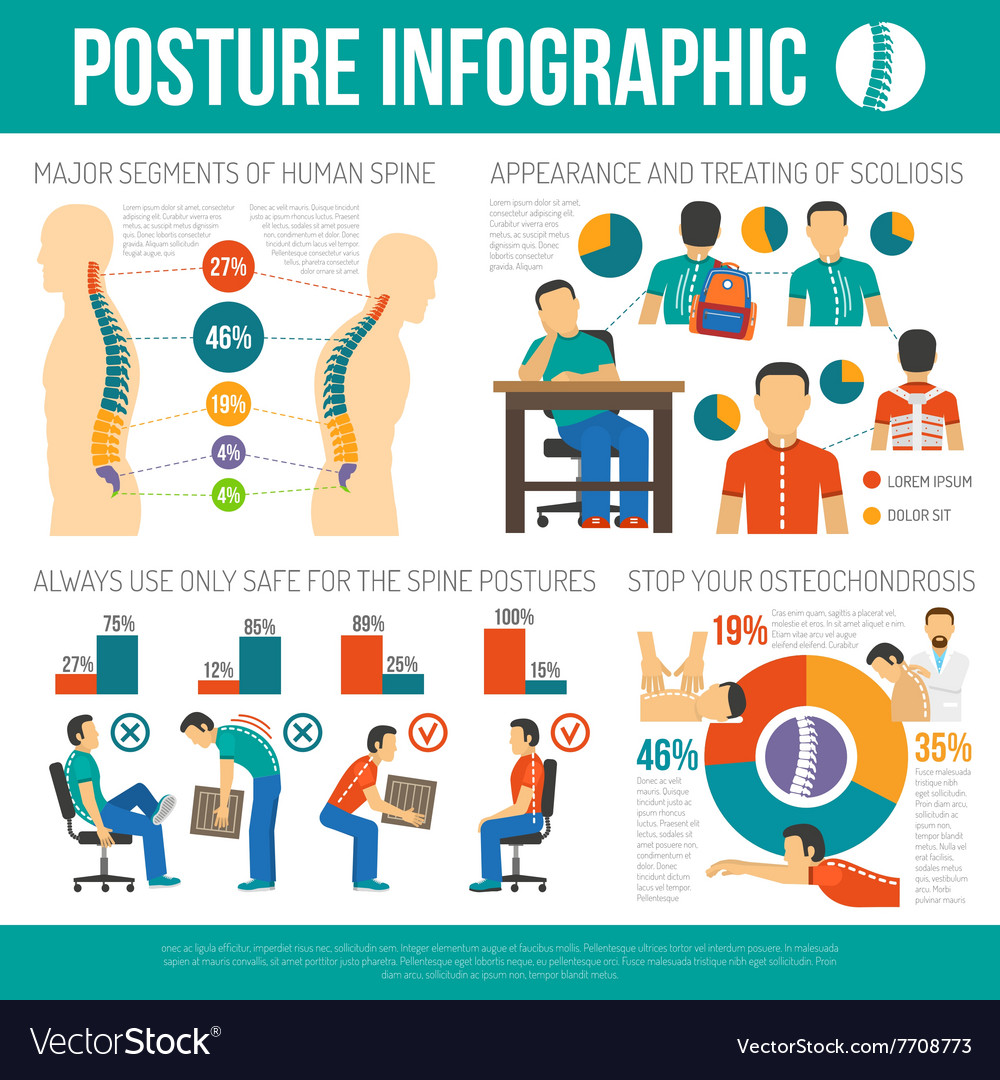Why Is Cold Laser Therapy Gaining Appeal?
Why Is Cold Laser Therapy Gaining Appeal?
Blog Article
Material Author-
You've probably observed the surge of cold laser therapy in different clinics and sporting activities centers. It's becoming a go-to alternative for athletes and those taking care of chronic discomfort. This non-invasive treatment supplies benefits that typical approaches often can't match. However just what is driving this fad? Exploring its applications in sports medication and pain management could clarify its expanding allure.
Applications in Sports Medicine
As athletes press their bodies to the limits, they usually deal with injuries that can sideline them for weeks and even months.
In such instances, cold laser therapy becomes a powerful tool in sporting activities medication. This non-invasive therapy uses low-level lasers to permeate cells, advertising recovery and reducing inflammation.
You'll find it particularly valuable for strains, stress, and tendonitis, as it speeds up healing without the demand for medications. Unlike typical techniques, cold laser treatment allows you to resume educating faster, minimizing downtime.
Several sporting activities facilities currently offer this advanced therapy, identifying its efficiency. By incorporating it into your healing regimen, you can enhance efficiency and keep your competitive edge, ensuring you're always prepared for the next obstacle.
Conveniences hurting Administration
Cold laser treatment isn't just a game-changer for athletes; it also offers significant advantages hurting management for a range of problems.
If you're managing chronic discomfort, this non-invasive treatment can offer alleviation without the adverse effects frequently associated with medicines. Cold laser treatment works by boosting your body's all-natural recovery procedures, lowering inflammation, and promoting cell regeneration.
You could discover it helpful for problems like arthritis, tendonitis, or back pain. Lots of people report a decrease in pain degrees and a renovation in their general lifestyle.
And also, it's a quick treatment, typically calling for just a few sessions to discover outcomes. If https://www.laserfocusworld.com/lasers-sources/article/14037967/photobiomodulation-therapyeasy-to-do-but-difficult-to-get-right searching for a reliable pain administration option, cold laser treatment could be worth taking into consideration.
Function in Rehabilitation and Recovery
When recuperating from an injury, using cold laser treatment can significantly enhance your recovery process. This non-invasive therapy advertises tissue repair by stimulating cellular task, which helps your body recover quicker.
You'll notice minimized inflammation, discomfort relief, and enhanced flexibility, enabling you to regain toughness and functionality more effectively.
Cold laser treatment boosts blood flow to the afflicted location, delivering essential nutrients and oxygen that help in healing. And also, it can help reduce scar cells development, making sure a smoother recovery journey.
Numerous physiotherapists are including this therapy into their therapy plans, recognizing its possible to speed up recuperation. By incorporating https://weight-management88877.blogpayz.com/34497685/the-capability-of-cold-laser-treatment-an-extensive-introduction into your rehabilitation, you're giving yourself the most effective chance to go back to your normal activities quicker and with less discomfort.
Conclusion
Cold laser therapy is gaining traction for a reason. It offers a non-invasive solution that effectively deals with sporting activities injuries and chronic pain, making it a go-to for athletes and everyday individuals alike. You'll appreciate how it decreases inflammation and advertises recovery without the negative effects of typical drugs. As https://messiahenvyx.blogmazing.com/33547256/the-future-of-recovery-state-of-the-art-laser-therapy-clarified welcome this ingenious technique, you'll discover it boosts recovery and enhances mobility, really changing just how we consider discomfort administration and rehabilitation.
